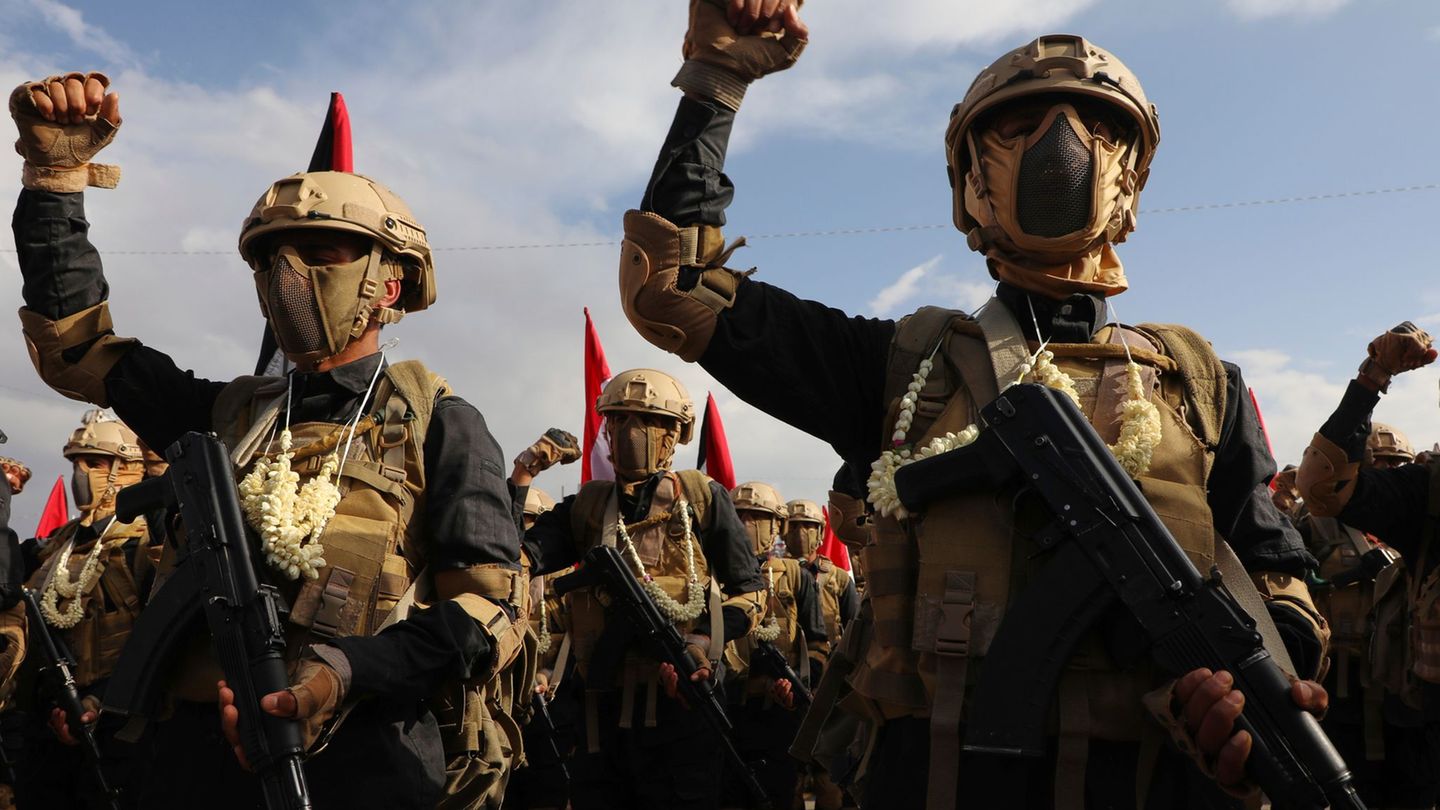The pre -election climate also involves additional exchange relaxations to the current regime after the October elections. The current exchange rate could be marking a new balance.
Historically, the dollar crosses complex moments when Argentina enters an electoral climate. While it is true that the provincial elections are in September and nationals in October, Julio culminates the thick harvest period, which kept the impact of the current account deficit at bay. Natural persons bought au $ 3,000 million environment, from the stocks of the stocksalthough not mostly as treasurement but for card payments for expenses abroad.
The content you want to access is exclusive to subscribers.
But let’s go back to the agricultural issue, in the DJVE (affidavits of foreign sales), The agricultural sector reported sales for US $ 8,150 million, of which only US $ 300 million was liquidated, leaving $ 4,550 million for the first three weeks of July, although according to private sources the amount could even be greater. If this amount was settled in July, for which it has the incentives of the reduced aliquots of retentions, the current month would be transformed, in the highest in history after September 2022. Recall that it was the month in which Massa assumes as Minister of Economy and launches the dollar soy generating record liquidation of US $ 8,000 million in a single month.


Despite the aforementioned, the exchange rate accelerates both in the spot (current price) and in the futures where December, although the Government projected a change rate of $ 1,220, ROFEX December already quotes in the area of the $ 1,450. The JP report morgan the YPF failure, and the lack of reservations put the economic plan in check, where The Government will need to use an ace under the sleeve to calm the markets. The issuance of titles in pesos with subscriptions in dollars, brought bad memory of the 2018–2019 runs, when buyers wanted to leave, at the same time that the Brepreel Series 4 is not “aspiring” the amount of pesos that was expected in the first instance. Here a first question arises, taking a tir of 9.5% for the bonds in question, the implicit exchange rate was $ 1,460, does that mean that The market sees it expensive, or that there is not enough demand for dividends? I think the answer is that it is neither one nor the other, but that The pre -electoral climate also involves additional exchange relaxations to the current regime after the October elections. This suggests additional pressures to the type of greater capital mobility.
A new balance of the exchange rate?
Anyway, putting in context, at the beginning of the year the exchange rate counted with liquidation quoted at $ 1,186.93, which marks an increase, taking the price at the time of this drafting of $ 1,270, a rise of 7%, while the officer (taking the wholesaler) of 20.16%. The problem is not so much the rise in itself, but the expectation that the government has to break the lower band that is already $ 970, while the upper scale at $ 1,442.42, that is, a 48.66%gap. Another key point is the collection of interests and amortizations that will be made on 09/07, for an amount of US $ 4,243 million, of which approximately local accounts of Argentines will be charged about US $ 2,000 million. Hence This escalation of the exchange rate could be marking a new balance, where shops take air by liquefying debt in pesos and improving prices in dollars. Finally, the payment of bonuses, suggests the sale of dollars by companies to make the weights that cover such expenses, which could generate an additional decline, although it is compensated when people in dependency relationship decide to buy the currency.
If we take into account government projections of 22.7% inflation for 2025, we should have an accumulated IPC of 13.57% in the second semester. If we take the exchange rate at the end of June, the CCL at $ 1,210, adjusted by inflation, it shows a price of $ 1,374 by the end of the year, although the Government projects $ 1,220. What is put into play in both price is the offer of dollars that can turn to the economy generating credit in foreign currency, but not only for the purchase of cars and real estate but also for consumptions as appliances. That is to say, It is logical that Argentina goes to a more appreciated exchange rate schemegiven the change in the local productive matrix led by the energy sector, but there is still factors such as the “endogenous dollar” to take strength, which will also allow a reduction in rates in pesos by competing with dollar rates.
Source: Ambito
David William is a talented author who has made a name for himself in the world of writing. He is a professional author who writes on a wide range of topics, from general interest to opinion news. David is currently working as a writer at 24 hours worlds where he brings his unique perspective and in-depth research to his articles, making them both informative and engaging.




